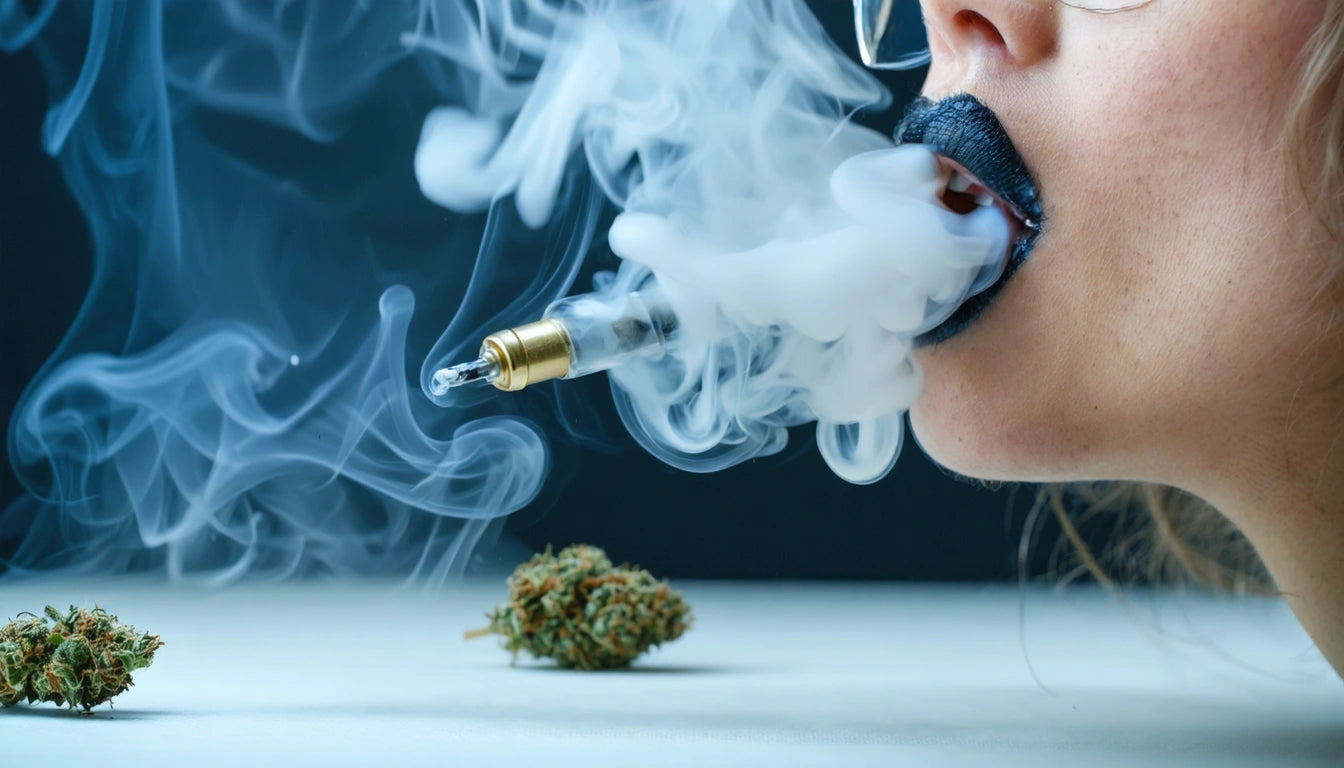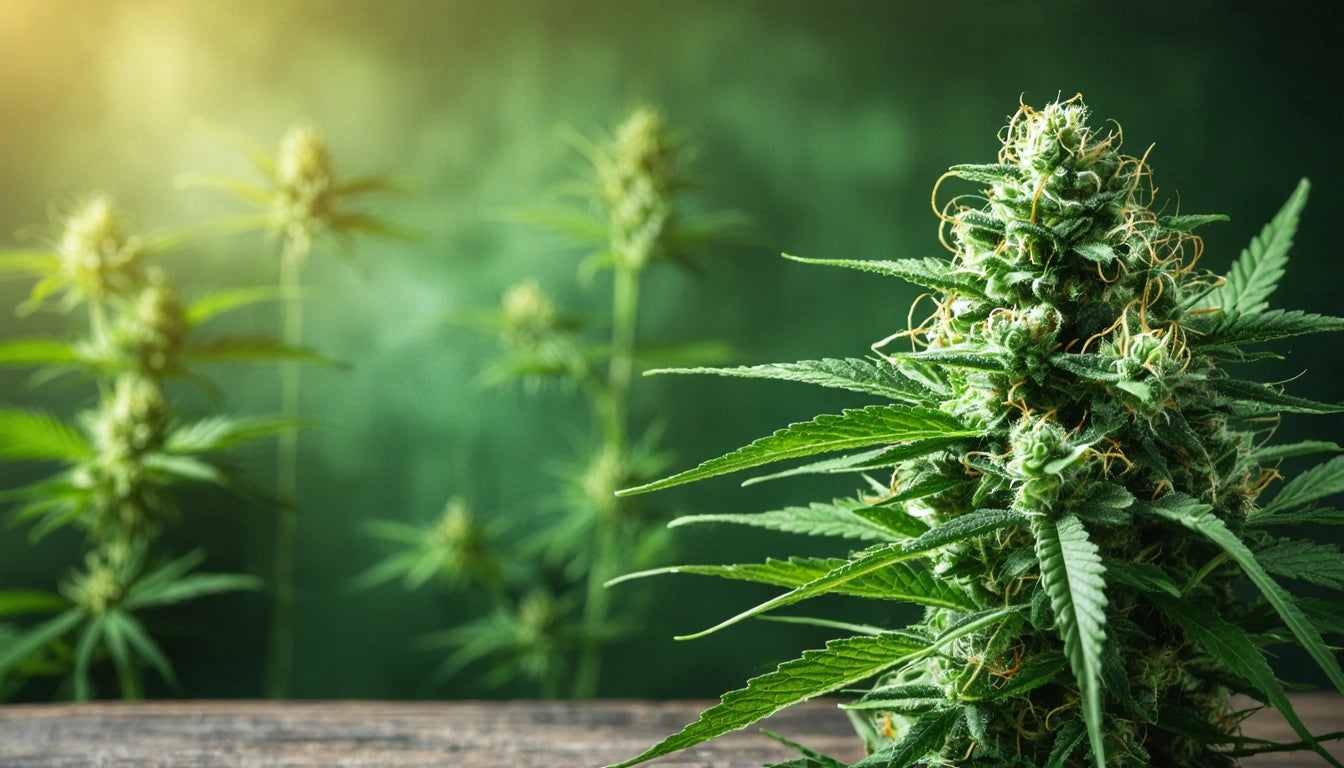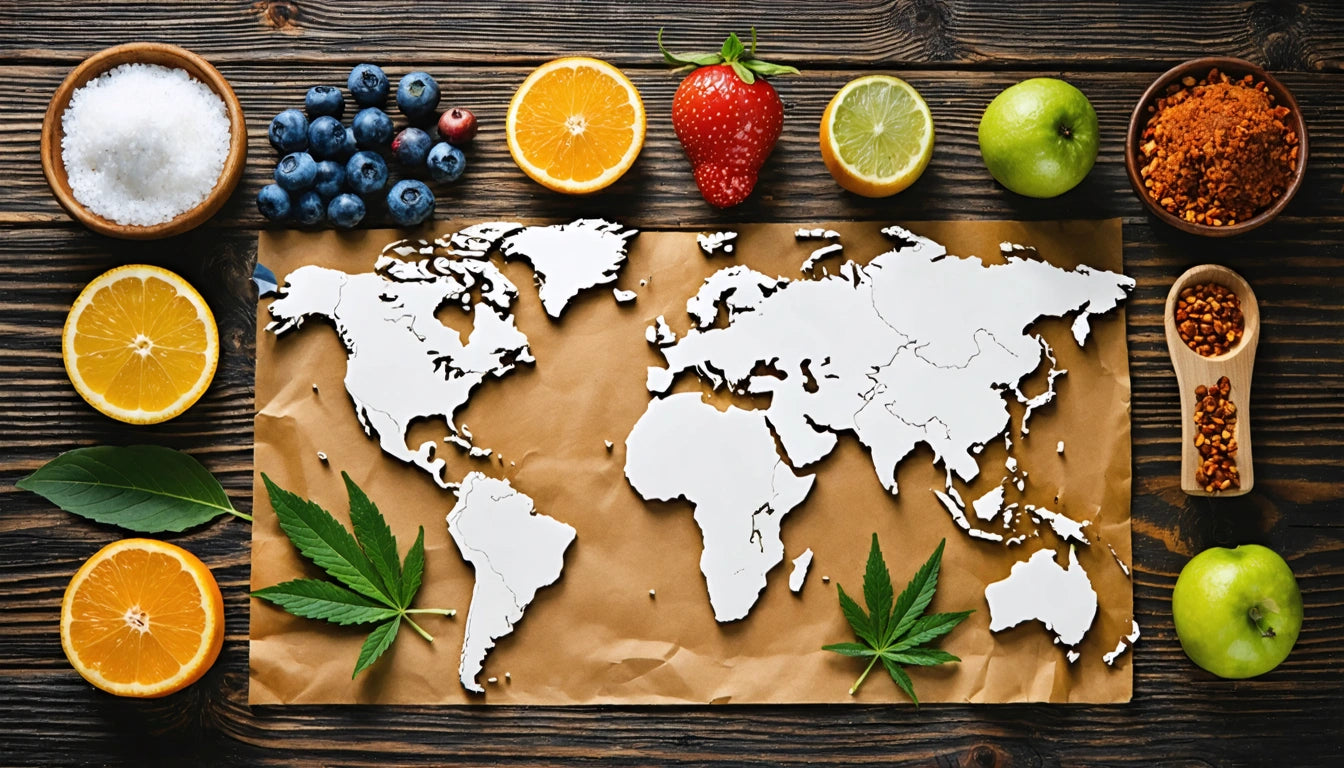Table of Contents
Understanding Dabs: Smoking, Health Effects, and Methods
Cannabis consumption methods have evolved dramatically in recent years, with dabbing emerging as a popular alternative to traditional smoking. If you've wondered what does dab mean when it comes to smoking or how dabs might affect your health, this comprehensive guide will address your questions about this potent consumption method.
What Are Dabs? Understanding Cannabis Concentrates
Dabs refer to concentrated cannabis extracts that contain high levels of THC and other cannabinoids. These concentrates are created by extracting the active compounds from cannabis plant material using solvents like butane, CO2, or ethanol. The resulting products go by various names including shatter, wax, budder, live resin, and rosin.
When people talk about what are dabs smoking, they're referring to these cannabis concentrates that typically contain 60-90% THC, compared to flower which averages 15-25%. This potency difference explains why dabbing produces stronger, more immediate effects than traditional smoking methods.
How Dabs Are Consumed: Methods and Equipment
Traditional Dabbing
Understanding how are dabs smoked requires knowledge of specific equipment. Traditional dabbing involves:
- A dab rig (similar to a water pipe but designed specifically for concentrates)
- A nail or banger (usually made of quartz, titanium, or ceramic)
- A dabber tool (for applying the concentrate)
- A torch (to heat the nail)
- A carb cap (to regulate airflow)
The process involves heating the nail with a torch, applying the concentrate with a dabber tool, and then inhaling the resulting vapor through the rig. For safe storage of concentrates, many users rely on secure, child-resistant container options with appropriate caps to maintain potency and prevent accidents.
Electronic Dabbing
E-rigs and dab pens offer a more convenient, portable alternative to traditional rigs. Dab pens, in particular, have gained popularity for their discretion and ease of use. These devices electronically heat the concentrate to the optimal temperature for vaporization without combustion.
Highlight: What is dabs that you smoke? Dabs are cannabis concentrates vaporized at high temperatures to produce a potent inhalable vapor, delivering effects that are typically stronger and faster-acting than traditional smoking methods.
Dabs vs. Traditional Cannabis: Key Differences
As explained in this comparison of dabbing versus smoking, several key differences exist:
Potency and Onset
Dabs deliver a more concentrated dose of cannabinoids, resulting in stronger effects that onset more quickly. This intensity makes dabbing potentially overwhelming for inexperienced users.
Flavor Profile
Many enthusiasts prefer dabbing for its purer flavor profile. Without plant material combustion, the terpenes (aromatic compounds) in cannabis can be better preserved and experienced.
Consumption Method
Traditional smoking involves combustion of plant material, while dabbing vaporizes concentrates at high temperatures without burning the material. This fundamental difference impacts both the experience and potential health effects.
Health Considerations: Are Dabs Bad for Your Lungs?
The question of whether are dab pens bad for your lungs is complex and not fully resolved by current research. Here are some considerations:
Potential Benefits Compared to Smoking
Some argue that dabs are better for your lungs than smoking flower because:
- Dabbing eliminates the combustion of plant material, reducing exposure to certain carcinogens and respiratory irritants
- The process creates vapor rather than smoke, which may be less harsh on the respiratory system
- Less material needs to be consumed to achieve desired effects
Potential Concerns
However, dabbing presents its own health considerations:
- The high temperatures used in dabbing can potentially create harmful compounds
- Some concentrates may contain residual solvents if not properly purged during production
- The intense nature of dabbing can lead to excessive coughing, as explained in why dabs make you cough so much
- The high potency may increase risks of overconsumption and associated negative effects
Research on the long-term health effects of dabbing is still emerging, making definitive statements about safety difficult. However, understanding the differences between dabs and traditional cannabis can help consumers make informed decisions.
Safety Tips for Responsible Dabbing
For those choosing to consume dabs, following these safety guidelines can help minimize risks:
Quality Control
Purchase concentrates from reputable sources that test for potency and contaminants. Avoid homemade extracts, which may contain harmful residual solvents or other impurities.
Temperature Management
Lower-temperature dabbing (around 315-450 °F) can preserve terpenes and potentially reduce exposure to harmful byproducts created at higher temperatures.
Dosage Awareness
Start with extremely small amounts, especially for beginners. The high potency of concentrates means a little goes a long way.
Proper Equipment
Use quality equipment designed specifically for dabbing. As outlined in this safety guide for dabs, proper tools and techniques are essential for reducing risks.
The Future of Dabbing: Innovations and Evolving Perceptions
The landscape of cannabis concentrates continues to evolve rapidly. Emerging trends include:
- Solventless extraction methods gaining popularity for their perceived safety and purity
- Advanced temperature control technology making dabbing more precise and user-friendly
- Growing research into the potential therapeutic applications of concentrated cannabinoids
- Increasing standardization and regulation of concentrate production
As the cannabis industry matures, better understanding of what dabs mean when it comes to smoking and their health implications will likely emerge. For now, consumers should stay informed about the meanings, uses, and cultural significance of dabs while practicing responsible consumption.
Whether dabbing represents a safer alternative to traditional smoking remains an open question requiring more research. What's clear is that this consumption method offers a different experience with its own set of considerations that consumers should carefully weigh before trying.











Leave a comment
All comments are moderated before being published.
This site is protected by hCaptcha and the hCaptcha Privacy Policy and Terms of Service apply.